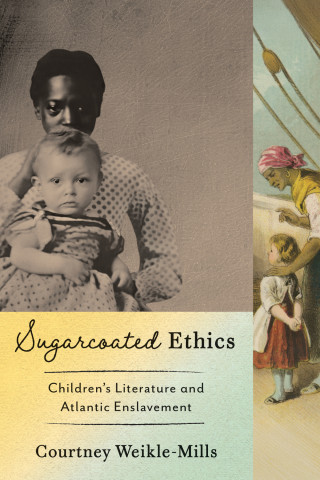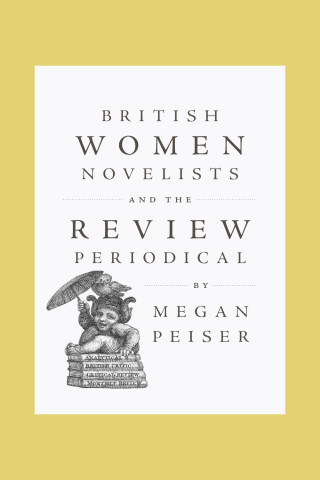
Reviews
An essential new effort to examine the link between literary representation and the death penalty in nineteenth- and early twentieth-century America—a link that historicist criticism has left surprisingly underexplored in all areas of literary study... Barton's study of the death penalty in American literature is rich and wide-ranging... Because of its very carefully contextualized analysis of a range of authors and their approaches to the death penalty, and because the death penalty is so crucial in political and literary history for all the reasons Barton mentions, his book provides a necessary chapter in the historical analysis of nineteenth century American literature. Any scholars interested in death penalty debates—and perhaps everyone should be—will find their own understanding and research enhanced by the breadth of this book and its attention to nuances among political positions.
A rich account of the formative power that the institution of capital punishment exerted on the construction of the American citizen-subject from colonial times through the 1920s.
Barton certainly succeeds in demonstrating the interconnectedness of law and literature in the campaign to end capital punishment...
Overall, Barton’s Literary Executions is an originally executed and consistently compelling study that resurrects and foregrounds the second abolition movement of the American nineteenth century... Through innovative cross-examinations and nuanced close readings, Barton lays the groundwork for a further and much needed analysis of the real influence wielded by literature in the debate around the abolition of lawful death.
John Barton provides a masterful account of the literary contributions to debates over the second abolition movement in nineteenth-century America: the campaign against capital punishment. This campaign united pro-slavery writer William Gilmore Simms and anti-slavery writer Lydia Maria Child. It engaged lesser known writers such as John Neal, George Lippard, and Sylvester Judd as well as Cooper, Hawthorne, Melville, Whitman, and Dreiser. Shrewdly analyzing the formal qualities by which different authors execute competing representations of capital crimes in literature, Barton helps explain why a country once at the forefront of this abolition campaign continues to evoke the death sentence.
John Cyril Barton’s Literary Executions is a well written, deeply informed, and thoroughly documented study of the interrelationships between attempts by social reformers to end capital punishment and treatments by nineteenth-century American authors of executions in their works. Barton clearly illuminates the evolution of arguments for and against the death penalty over the course of the nineteenth century (including the rupture in these arguments caused by the Civil War and its widely approved military executions), and he makes a strong case for the influence of imaginative literature on the popular and legal debates about the death penalty. Distinguished by wide reading, extensive research, and sophisticated interpretations, Barton’s book impresses as an original, sound, and timely contribution to current debates about the barbarous practice of state-authorized executions.
Impeccably researched and rich with historical detail, Literary Executions examines the figure and theme of the death penalty in imaginative literature from Cooper to Dreiser. John Barton's astute 'cross-examinations' of legal and literary texts illuminate the literary and cultural aspects of the capital punishment debate and show how this debate in turn helped to shape notions of citizenship and state power. Cooper, Child, Hawthorne, Whitman, and Melville as well as many other less well known authors appear in a surprising new light in Literary Executions.
Book Details
Acknowledgments
Introduction: The Cultural Rhetoric of Capital Punishment
1. Anti-gallows Activism in Antebellum American Law and Literature
2. Simms, Child, and the Aesthetics of Crime and Punishment
3
Acknowledgments
Introduction: The Cultural Rhetoric of Capital Punishment
1. Anti-gallows Activism in Antebellum American Law and Literature
2. Simms, Child, and the Aesthetics of Crime and Punishment
3. Literary Executions in Cooper, Lippard, and Judd
4. Hawthorne and the Evidentiary Value of Literature
5. Melville, MacKenzie, and Military Executions
6. Capital Punishment and the Criminal Justice System in Dreiser's An American Tragedy
Epilogue: "The Death Penalty in Literature"
Notes
Index






